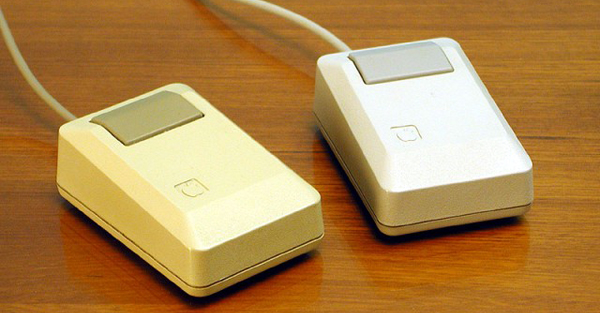OZMAT Animation Process
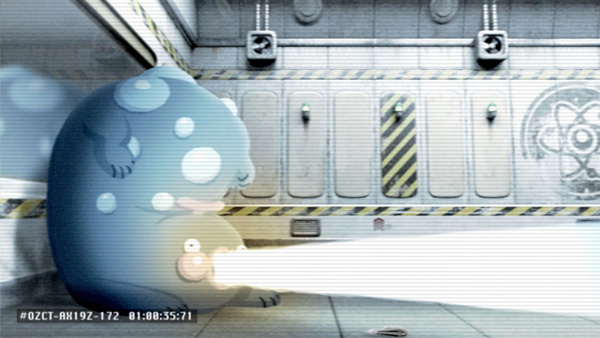
Throughout the OZMAT story, we meet a handful of bizarre creatures who live at the underground facility. Our team was tasked with bringing these lovable specimens to life through a series of “Creature Tests”. The animation process was challenging and laborious, proving to be a different “beast” than our usual straight-forward Flash pipeline. Some of the challenges included combining photo/live action elements, using 3D/CG backgrounds, and working with non-speaking animated characters. Moreover, these segments were storyboard driven and didn’t rely on scripts like most of our other animated content. In the end, though, we think the results were well worth the demanding process that we’ve outlined below.
1. Boards: Since the physical comedy of each character is at the heart of our creature tests, we wanted the gags to be driven by the artists rather than scripts. To start, each artist created and pitched a handful of rough storyboards of different creature tests that highlighted the creatures’ personalities and powers. We then chose which boards were working best (and got the most laughs) and started to tie them into the overall OZMAT narrative.
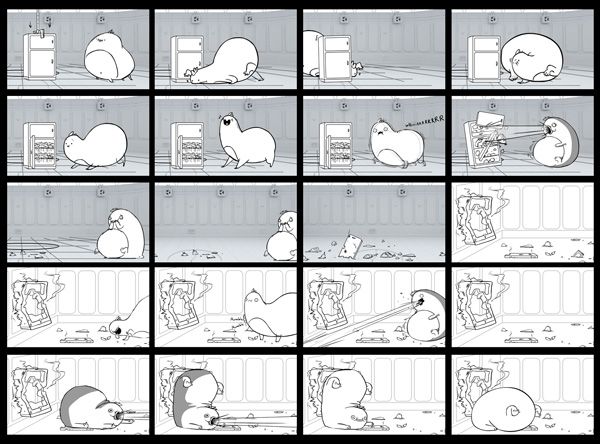
2. Animatics: Once the storyboards were polished, we moved into the animatic phase. In this stage, we locked down timing, pushed acting and the character poses, and started adding rough photographic props and temporary CG background renders.
3. Animation: Once the animatics were finalized, our team moved onto character animation. The animators used the character model-sheets and began animating the characters, using as much traditional animation and “redraw” as possible. We really wanted these characters to come to life, so the animators pushed themselves and each other to make the comedy and personalities shine through.
4. Effects/Post: Finally, animators made a props and “effects pass” in Flash, adding and animating all the photographic items as well as effects such as electricity, water, smoke, fire, etc. This final animation step was a laborious one as all the creature tests had lots of photo props and complicated effects. Once all the animation work was completed, the tests were finally ready for another complicated process – post production. Stay tuned for a complete article on post production where we added several effects passes and audio design. In the meantime, check out the final product below! You can also check out the rest of the content from this report here.

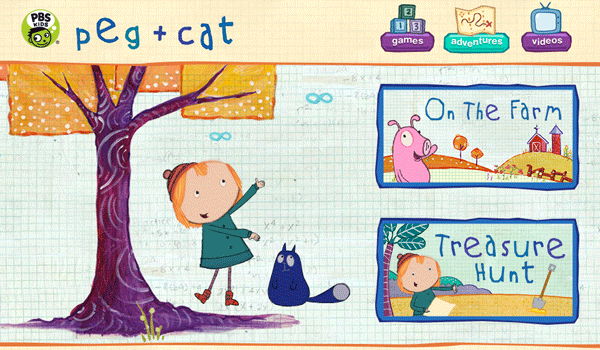

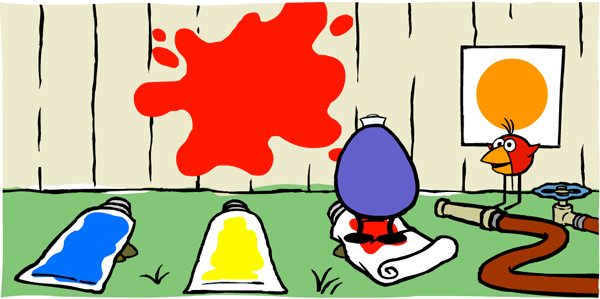

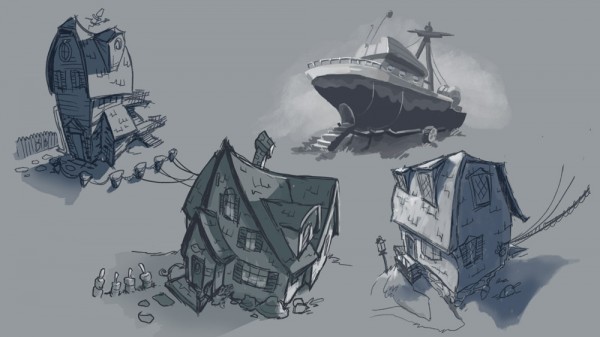
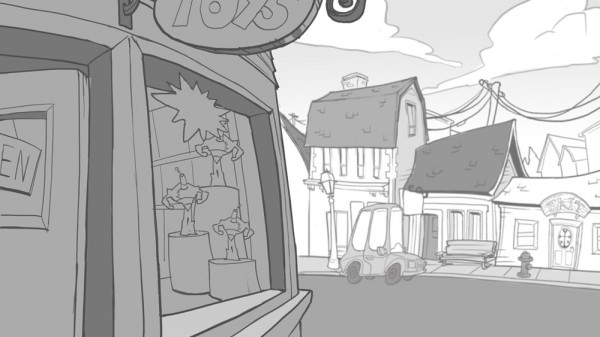
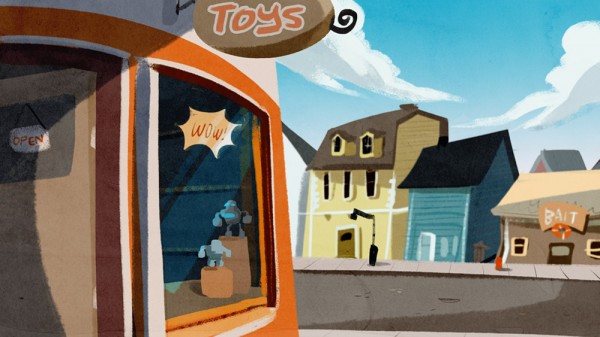
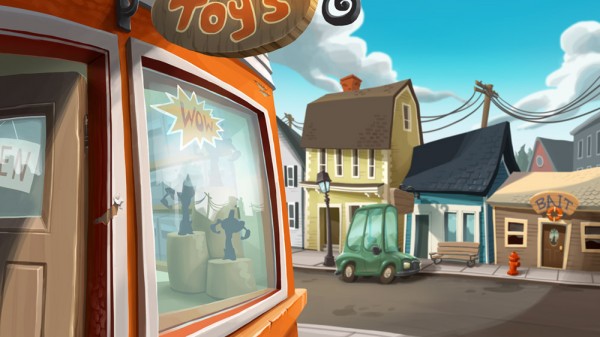
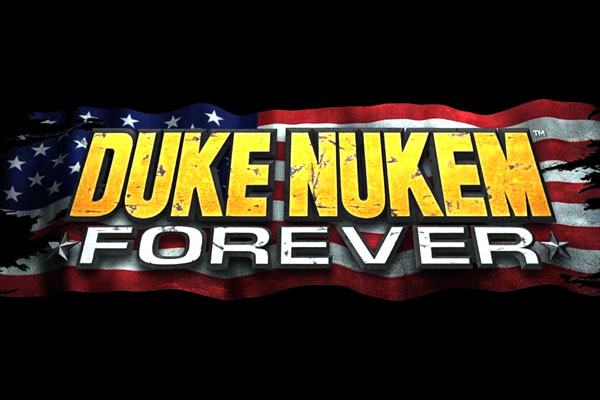 Between reviews and trailers online, everyone knows where to find a good game these days. But what happens if you go to the store with just $5 and all inhibitions aside? We’re on a mission to find the best (or worst) retail games worth less than a Subway sandwich.
Between reviews and trailers online, everyone knows where to find a good game these days. But what happens if you go to the store with just $5 and all inhibitions aside? We’re on a mission to find the best (or worst) retail games worth less than a Subway sandwich.